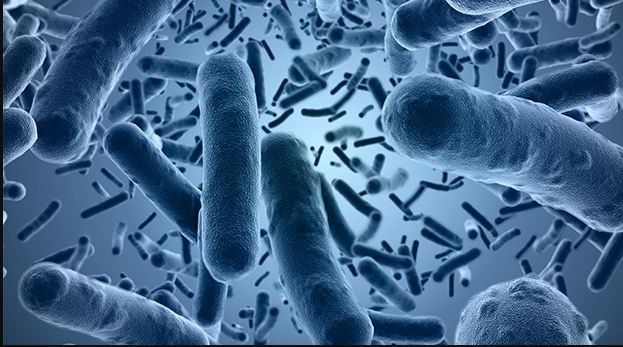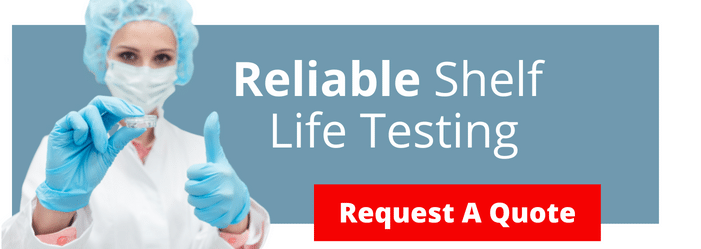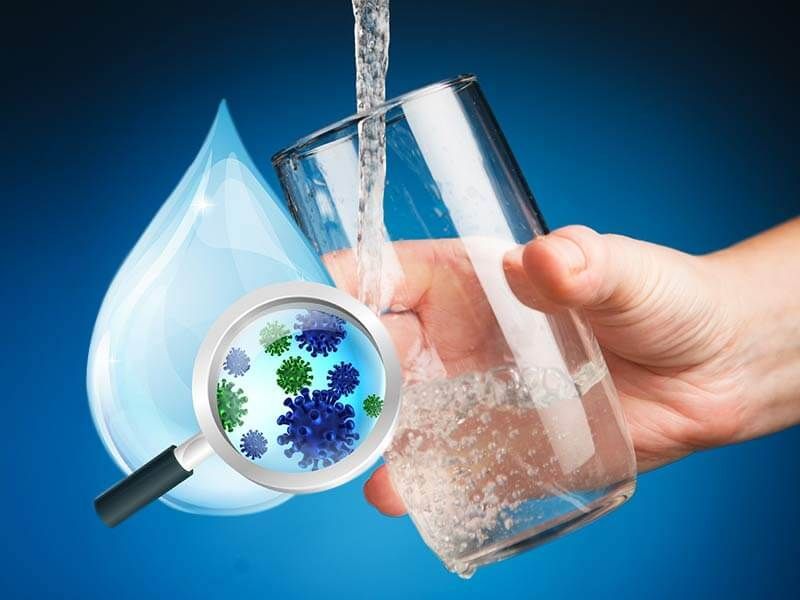What is the Importance of Determining the Shelf Life of a Pharmacy Drug?
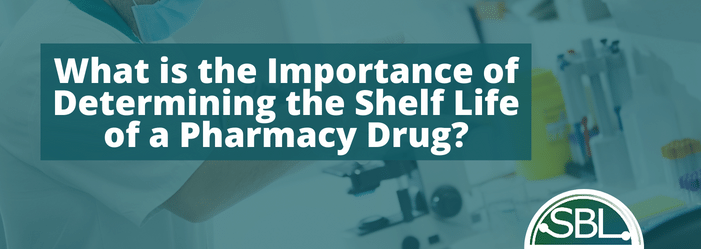
Pharmaceuticals, just like any other consumable product will eventually expire. As they age, efficacy declines, and significant safety concerns begin to emerge.
By determining the product's shelf life, manufacturers help ensure that the medicine they produce performs as intended. They also protect the public depending on that medication to stay healthy.
But how can you determine the shelf life of pharmaceutical products? Read on to learn everything you need to know about drug shelf life.
What is Shelf Life?
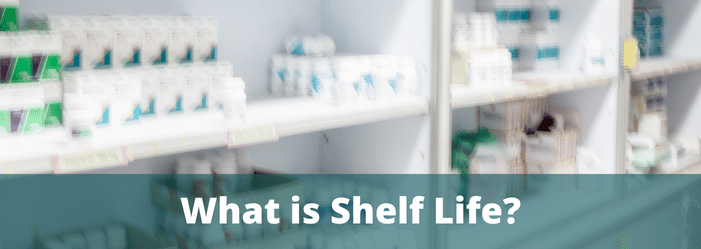
The shelf life is essentially just the date that a product ceases to be safe for human consumption. Naturally, every product will be a little different in how and when it expires. Shelf lives are generally estimated conservatively to make sure no one heeding the labels still winds up consuming a spoiled product.
Why is it Called Shelf Life?
The simple reason for the term “drug shelf life,” is that it describes the length of time the product can suitably remain on the shelf, either at the pharmacy or at your home.
Does the shelf life of a pharmacy drug really matter?
The drug shelf life definitely matters. As stated above, expiration dates are usually estimated fairly conservatively. This means that it is possible to consume an expired pharmaceutical and not experience any negative consequences.
However, it’s not worth trying. A significant amount of science goes into determining a drug's shelf life. The odds aren’t in the favor of people who decide to ignore those dates.
What happens to medicine when it expires?
When the drug shelf life reaches its end what happens next will depend largely on the product itself. The FDA says that the medicine will be “less effective or risky due to a change in chemical composition or a decrease in strength.”
Can I take medicine that is expired?
You might not get sick from taking something that has reached the end of its drug shelf life. However, it’s important to factor in that the potency will most likely have diminished. If you are depending on medication to regulate (as an example) your blood pressure taking something that has exceeded its drug shelf life could have fatal consequences.
If you are in a bind, consider calling your pharmacist to see what they say.
While you may not want or be able to skip your medication, it’s important to understand the breadth of the situation before taking something you are unsure of.
How is a Shelf Life Found?
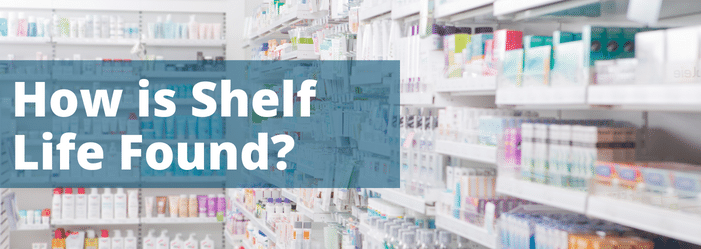
Drug shelf life is determined after extensive research by experts in the field. After an intense review of the facts, they select a drug shelf life date that is most conducive to positive healthcare outcomes in the population using the medicine.
How is the expiration date determined?
The process used to determine drug shelf life is called “stability testing.” This process is
performed in a cleanroom
and used to determine when a drug ceases to be potent or stable (predictable in the results it produces).
What is Stability Testing?
Stability testing
is defined as - “Materials are stored at various temperature and humidity conditions and samples are pulled at predetermined time points and subjected to a battery of tests that may include: an identification test, assay, physical tests, microbiological limits, and preservative effectiveness testing, using appropriately validated methods and/or recognized compendial methods”
What Factors Contribute to Determining the Shelf Life
Short answer? Pretty much everything. Long answer. The drug shelf life is influenced by the ingredients and environmental factors relevant to the drug. This includes things like storage conditions, lighting, temperature, and humidity.
Different Medicines Have Different Shelf Life Periods
Each medication will have its own drug shelf life. Never assume that just because you got two medications at the same time they will last equally long. Look for the drug shelf life date, and do any and all research you think is necessary to determine if a medicine is safe.
When in doubt, throw it out
If you’re unsure if a medicine is safe you will usually be better off just throwing it out. However, there are certain situations where you may feel disinclined to do so. For example, many cancer treatment drugs have very short drug shelf life. If you miss a day by accident, it might happen that your final dose would happen on a day outside the drug shelf life.
In situations where there is a potential financial and health-related cost to throwing away medicine, call your pharmacist to review options.
Why is Shelf Life important?
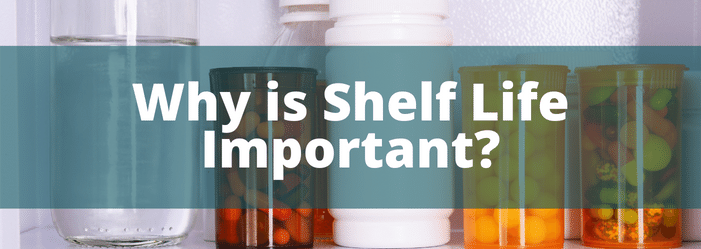
So, to summarize drug shelf life is important because it keeps people safe.
Why Do Drugs Have An Expiration Date?
Chemicals change over time. As they do, the drug changes with them. Consequently, a medication that was safe to take on Monday could be a little different by Friday of that same week.
How to Check The Expiration Date of Medicine
Expiration dates are usually found on the product label, immediately following the abbreviation: EXP. However, sometimes it may be located at the bottom of the bottle.
What Happens When You Take Expired Medicine?
In some situations, the medicine simply won’t work. Depending on your condition, this can be very serious in its own right. Other medications may develop toxic properties post expiration making them even more dangerous to consume.
Should I Take Expired Medicine?
Short answer: usually not. If you are in a situation where you feel it’s necessary, call the pharmacist right away. They can advise you on the decision and tell you what to expect.
Shelf Life is A Big Deal
Here’s the short of it: experts do their research for a reason. Safety should always be the number one concern with any product you take. So, before consuming medication, always take a look at the expiration data, and don’t be afraid to reach out to an expert for clarification.
Need guidance to determine the shelf life of a pharmacy drug?
Request a free quote
today!
Also Suggested
Related Learning
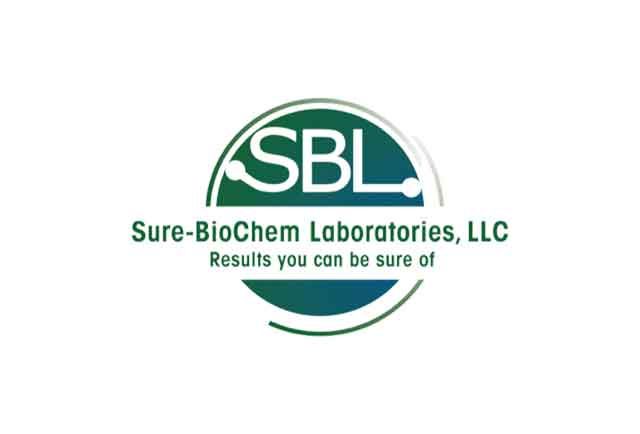
Need Our Help? Fill Out a Service Request Today!
We're here to assist you with all your needs. Please complete our service request form to ensure we provide the best possible service.
It's quick and easy—tell us a little about your request, and our team will reply promptly. We look forward to serving you!
Blog Contact Page
